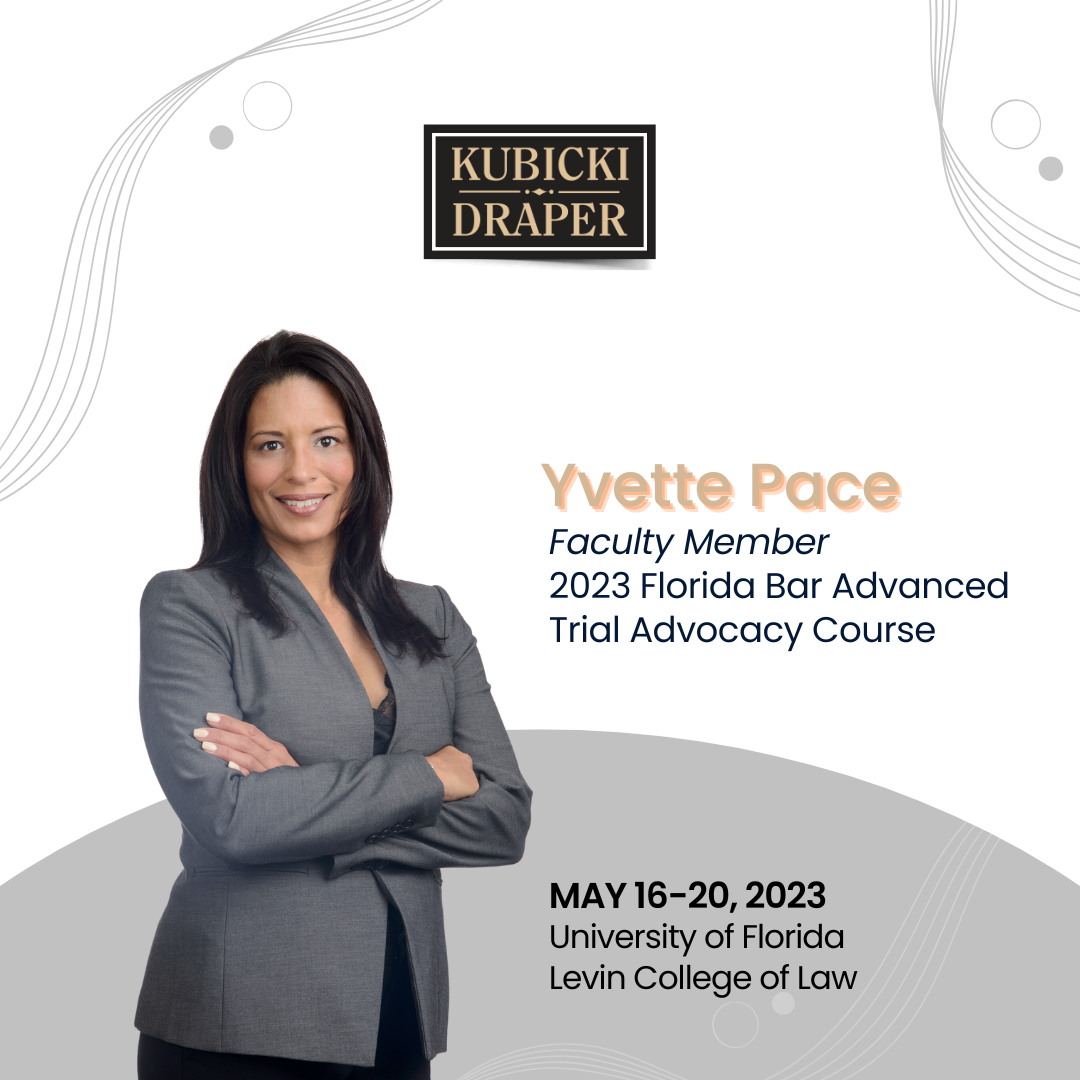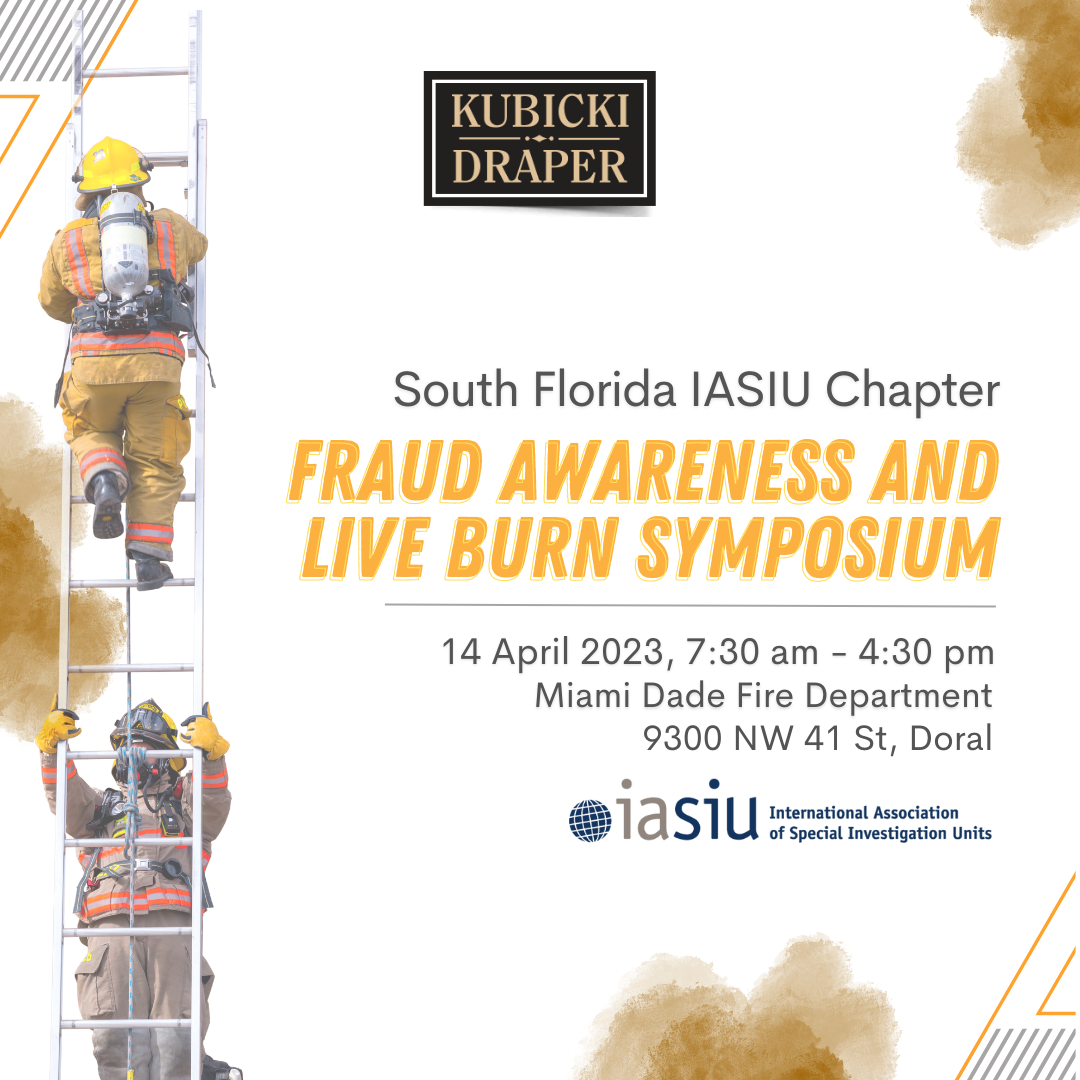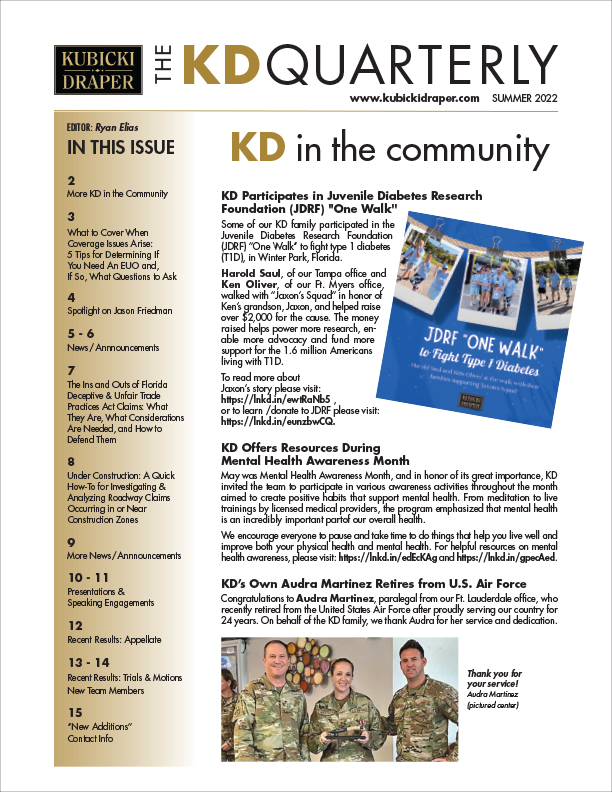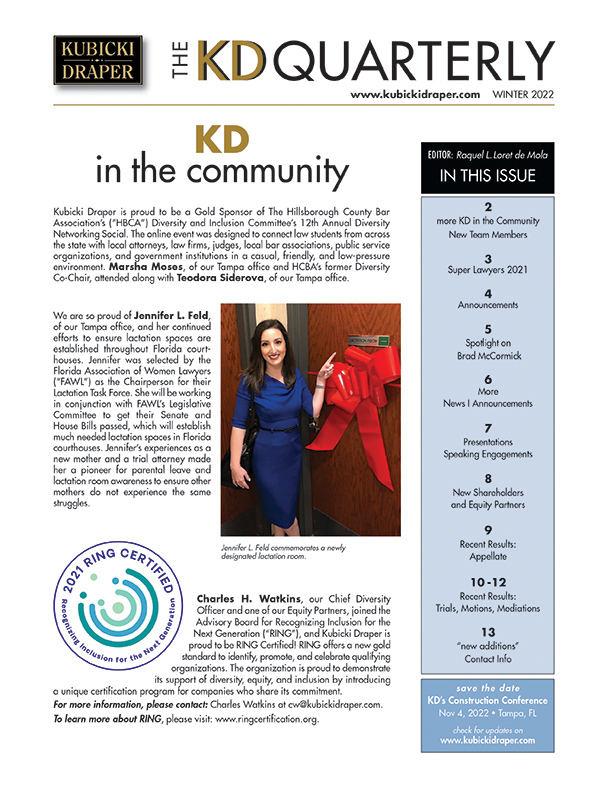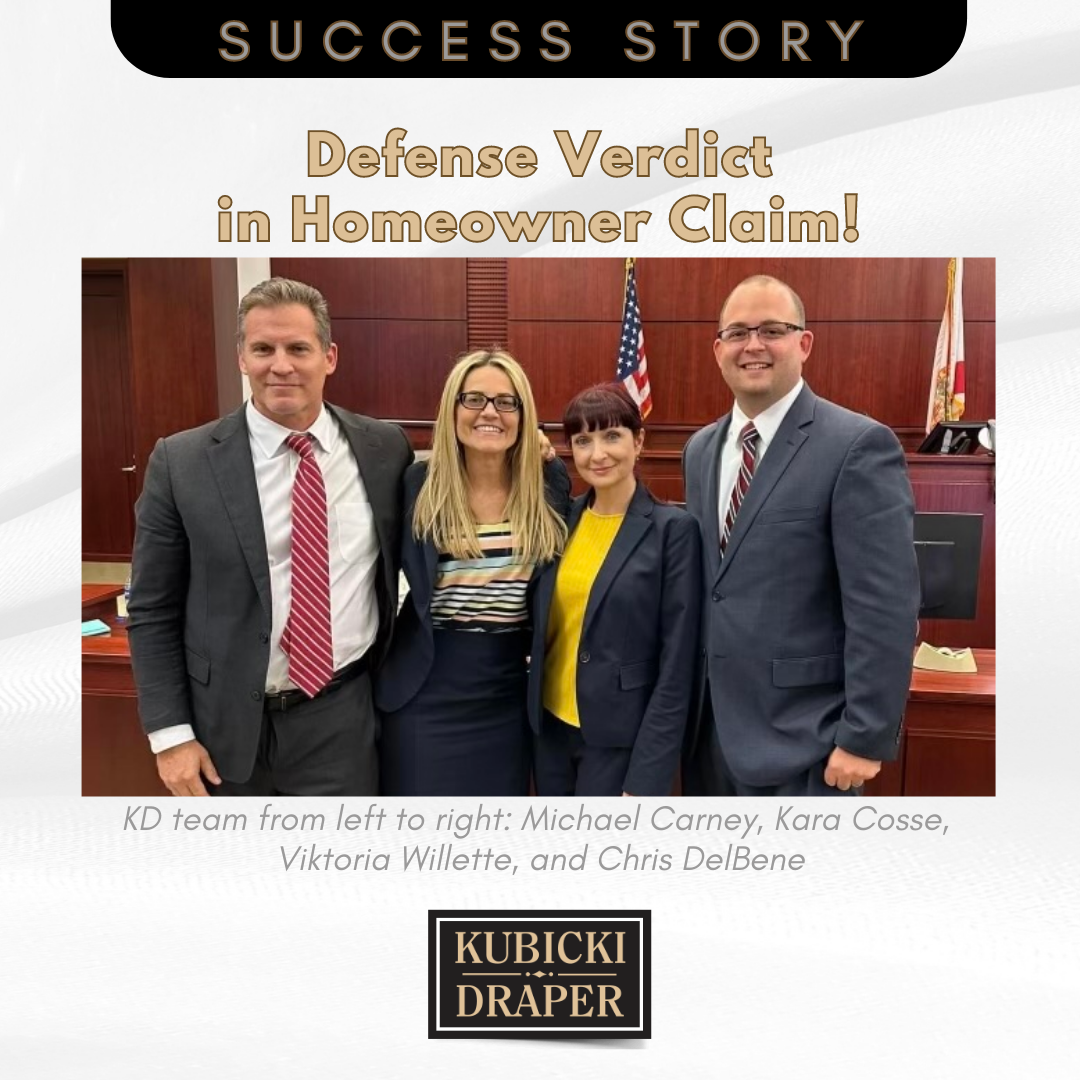There are few who do not remember the infamous 1993 Jack in the Box E. coli outbreak. The popular fast food chain nearly went under after its hamburger meat, contaminated with E. coli, tragically killed four people and sickened hundreds across four states, some of whom were left with permanent injuries, such as kidney and brain damage. The company’s ironic slogan for the “Monster Burger” – “So good it’s scary!” – did not help the negative media onslaught and wide public perception that its food was unsafe. The restaurant responded by enacting a comprehensive food safety program, for which it has received numerous accolades in the food industry. Nevertheless, to this day, a Google search for “Jack in the Box” auto fills the words “food poisoning.” Unfortunately, the Jack in the Box outbreak has not been the last. The United States has seen subsequent deadlier outbreaks linked to nearly all types of food, including peanuts, lettuce, spinach, cantaloupe, eggs, ice cream, and hot dogs.
It is safe to say that most people have experienced symptoms of food poisoning at one point. They are considered fairly common, and may include vomiting, diarrhea, stomach cramps, fever, body aches, and fatigue. The Centers for Disease Control estimates that roughly 48 million people become sick due to a foodborne illness annually, of which 128,000 are hospitalized and 3,000 die. The incidence of foodborne illness has gradually increased, likely due to the identification of more than 250 foodborne diseases. Most foodborne ailments are infections caused by bacteria, viruses, and parasites, but some are also caused by toxins and chemicals in the food consumed. The majority of people get better without medical treatment. Some people may require hospitalization, after which they are able to recover. However, some people develop severe long-term medical conditions, such as chronic arthritis, brain and nerve damage, and Hemolytic uremic syndrome (HUS) resulting in kidney failure.
Lawsuits regarding foodborne illness have increasingly alleged these and other serious conditions, and demand substantial damages. For instance, in 2018, a Florida couple was awarded $6.7 million dollars on their claim that raw oysters they ate at a restaurant led the husband to develop Gullain-Barré syndrome, a rare disorder in which the immune system attacks the nerves, resulting in lingering pain, sensory problems, and neurological defects for the rest of his life. In 2015, a couple obtained an $11.3 million-dollar verdict against a Wyoming restaurant on their claim that Salmonella poisoning resulted in the husband’s brain injury, rendering him unable to control eye movements, balance, arm and leg movements, respiration, emotions, and speech. Given the potentially devastating impact food poisoning can have on those afflicted and, consequently, the amplified liability exposure resulting from such claims, a proper defense is crucial.
The duty owed and potential theories of liability that may be asserted.
As an initial matter, under Florida law, a person who contracts a foodborne illness may bring a civil cause of action against the food service establishment they believe caused it. Such establishments owe patrons a duty to use reasonable care in their preparation and sale of food.
Zabner v. Howard Johnson's Incorporated, 201 So. 2d 824 (Fla. 4th DCA 1967). A “public food service establishment” is defined as “any building, vehicle, place, or structure or any room or division [within same] where food is prepared, served, or sold for immediate consumption on or in the vicinity of the premises; called for or taken out by customers; or prepared prior to being delivered to another location for consumption.” Fla. Stat. §509.013(5)(a) (2019). In Florida, the duty imposed on a restaurant owner is the same as that allotted upon a manufacturer of the food or item and applies regardless of whether the food is ingested on or away from the retailer’s premises.
Cliett v. Lauderale Biltmore Corp., 39 So. 2d 476 (Fla. 1949).
The causes of action asserted may sound in strict liability, negligence, or breach of the implied warranty of merchantability and fitness. In a strict liability cause of action, one who sells a defective product that is thereby rendered unreasonably dangerous to consumers is subject to liability if the consumer can show that the establishment was engaged in the business of selling such product, and the product reached the consumer without substantial change in the condition in which it was sold.
West v. Caterpillar Tractor Co., Inc., 336 So. 2d 80 (Fla. 1976) (adopting the doctrine of strict liability set forth in the Restatement (Second) of Torts, § 402A (1965)). The phrase “unreasonably dangerous” is defined as a condition that is “dangerous to an extent beyond which would be contemplated by the ordinary consumer who purchases it, with ordinary knowledge common to the community as to its characteristics.”
Gibbs v. Republic Tobacco, L.P., 119 F. Supp. 2d 1288, 1295 (M.D. Fla. 2000) (citing Restatement (Second) of Torts § 402A cmt. i (1965)).
In an action for negligence, as in any other negligence cause of action, a plaintiff making a foodborne illness claim must prove the existence of a duty of care, breach of that duty and a cognizable injury proximately caused by the breach. Finally, a claim of breach of the implied warranty of merchantability and fitness is premised on the notion that “when a patron orders and pays for a meal or food at a public restaurant, there is a sale of such food, and there exists an implied warranty that the food sold is reasonably fit for human consumption.”
Zabner, 201 So. 2d at 827. Therefore, a patron of a restaurant by ordering food makes known to the seller the particular purpose for which the food is required and, by that act, relies on the seller’s skill and judgment in preparing the food. Id. The failure of the product to confirm to that warranty establishes liability.
Id.
The use of circumstantial evidence to prove contamination and causation.
Regardless of the theory of liability, to establish a cause of action for damages resulting from a foodborne illness, the plaintiff must prove that the food consumed was contaminated in the first place and that the food’s condition caused the injury complained of. While the only means of definitively meeting this burden is to chemically analyze the food and the plaintiff’s stool, such claims may survive when sufficient circumstantial evidence is presented.
Gant v. Lucy Ho's Bamboo Garden, Inc., 460 So. 2d 499, 501-502 (Fla. 1st Dist. 1984).
There are a number of reasons why food may be considered contaminated, including when it is infested with a pathogen, polluted with a foreign substance or chemical, or when it contains a physical object. Oftentimes, the allegedly contaminated food is unavailable for testing because it has been consumed or discarded by the time symptoms emerge. Moreover, oftentimes, there was no laboratory testing of the plaintiff stool confirming the existence of a pathogen. To overcome this problem, the plaintiff must point to sufficient circumstantial evidence.
The effect the allegedly contaminated food had on others may be a vital piece of circumstantial evidence tending to prove the plaintiff’s case. In
Gant, 460 So. 2d at 502, expert testimony compiled with evidence that the plaintiff became ill after eating one egg roll, her sister became ill after eating half of an egg roll, and her mother, who did not eat any egg rolls, did not become ill, was sufficient to establish an inference that the egg rolls were the most probable cause of plaintiff’s injury.
Plaintiffs may also use the discovery process to uncover potentially valuable evidence to prove improper food production or service procedures led to food contamination. This may include reports of prior incidents, prior complaints of food contamination, or a history of failed health inspections. For instance, in the Jack in the Box case, the plaintiffs’ attorneys uncovered a pre-incident “suggestion box” document from an employee citing customer complaints that the hamburger patties were not fully cooked. Responsive correspondence reflected that Jack in Box determined a cook time of two minutes was appropriate, since the patties became tough when cooked longer. While such telling evidence likely does not exist in every case, a plaintiff can point to flaws in cooking procedures or improper storage, resulting in cross-contamination.
Poking holes at unreasonable inferences.
Obviously, the best defense to a potential foodborne illness lawsuit is avoiding conditions that lead to food contamination and carefully abiding by safe food practices. Unfortunately, even the best run places can become the target of a foodborne illness claim because many consumers unreasonably assume that the last meal they ate was the culprit of their indigestion. Nevertheless, the fact that a restaurant patron became ill shortly after consuming food at the restaurant, standing alone, is insufficient to demonstrate negligence on the part of the restaurant. Defenses to foodborne illness claims generally include proving that the food consumed was never in fact contaminated, or that the consumer became ill due to other causes. Certainly, the lack of any evidence that the food was contaminated and/or the lack of any formal diagnosis of food poisoning is useful, especially when dealing with an isolated case as opposed to an outbreak involving multiple people. Evidence of other causes of the plaintiff’s symptoms may prove helpful. For instance, a plaintiff with a medical history of gastrointestinal issues may be prone to developing symptoms of food poisoning without ever having eaten contaminated food.
To the extent a foodborne illness is diagnosed or a specific pathogen is identified, an attack on causation often requires expert testimony regarding the applicable incubation period and other sources by which a person may come in contact with the pathogen. A case in which a person claims to become ill immediately after consuming a meal or within one hour of leaving the restaurant is immediately suspect. For instance, the typical incubation period of E. coli is three to four days, which would rule out a meal eaten immediately before the onset of symptoms. This argument was successful in the case of
Colson v. Tampa Hotel-VEF IV Operator, Inc., 2011 WL 5553840 (M.D. Fla. Nov. 15, 2011), where the court held that the timing of the plaintiff’s symptoms was crucially important to her entirely circumstantial case. Since the plaintiff had become sick less than one day of ingesting the defendant’s meal, the court found it was unlikely the meal was the culprit. Id. at *5. The court also noted the multiple other sources of E. coli, which included “(1) eating, undercooked ground beef, lettuce, fruit, nuts, and unpasteurized milk, cheese and juice; (2) consuming any type of food cross-contaminated with E coli; (3) drinking impure water; (3) person to person contact; and (4) inadequate hand washing.” Id.
In conclusion, although rare, foodborne illnesses can have a devastating impact on their victims. Likewise, they can have a devastating impact on the establishment charged with having produced the deleterious food. Since it is oftentimes difficult to pinpoint the exact source of contamination, a well-determine strategy is needed to navigate the intricacies of such claims and develop effective defenses.

.jpg)
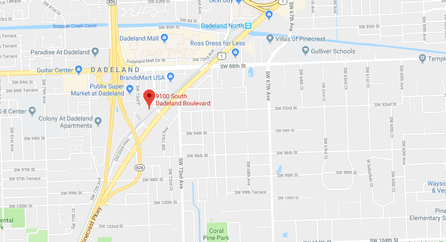

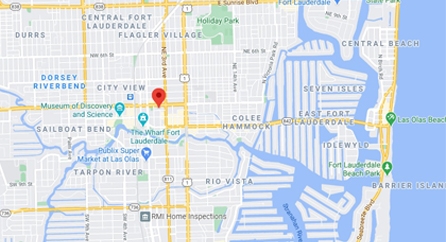
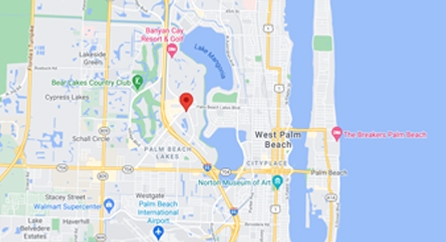


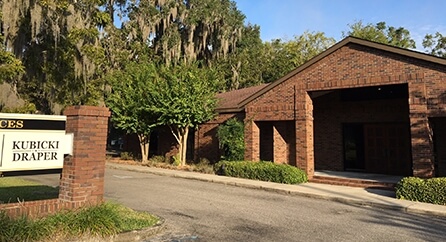

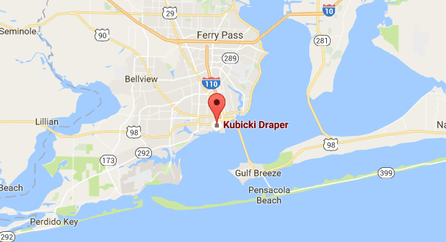

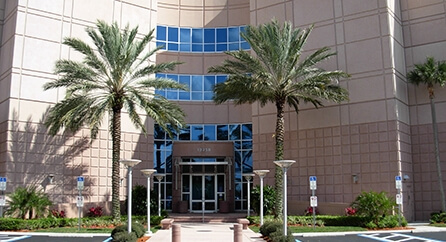
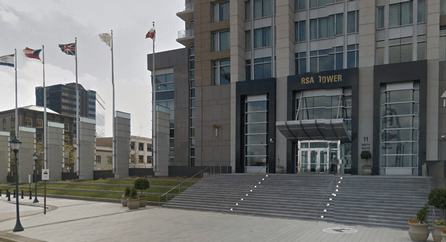
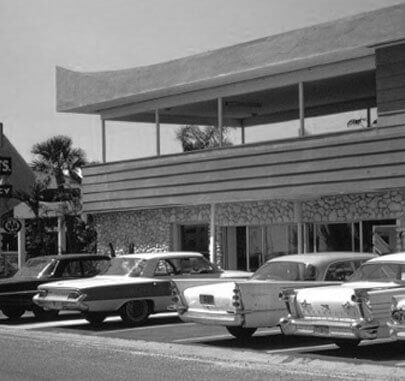






 .png)
